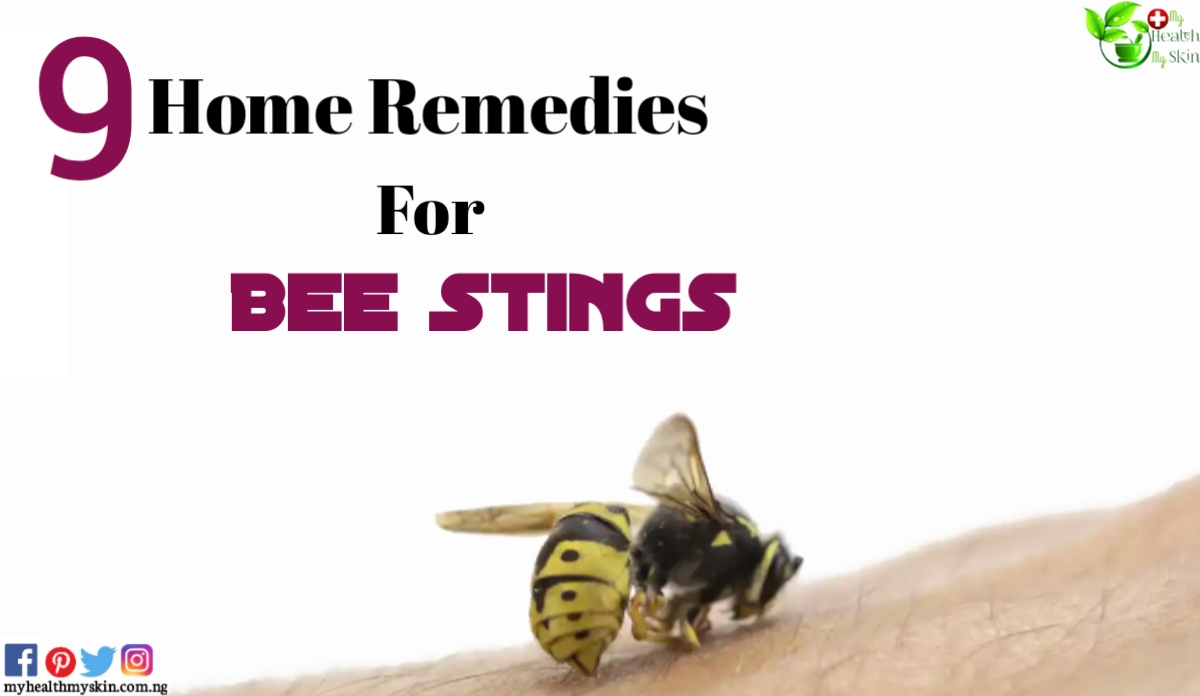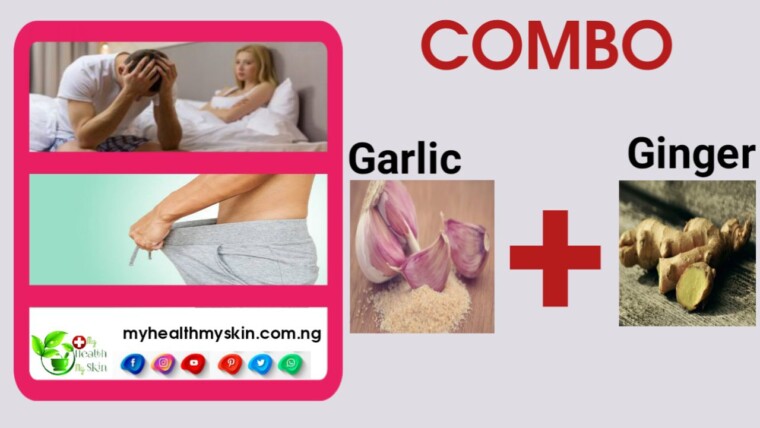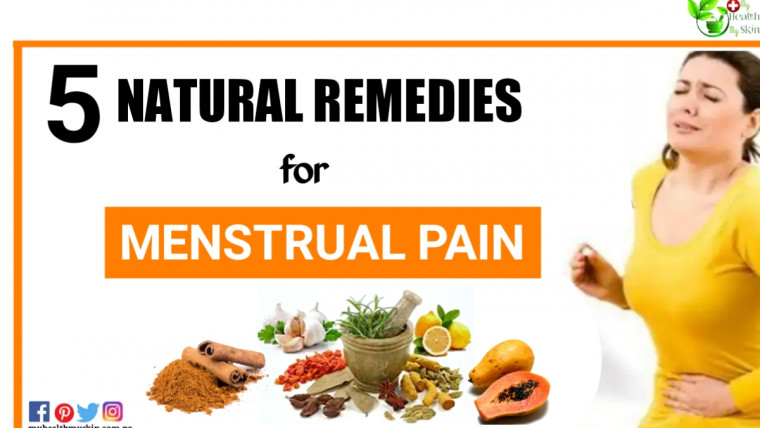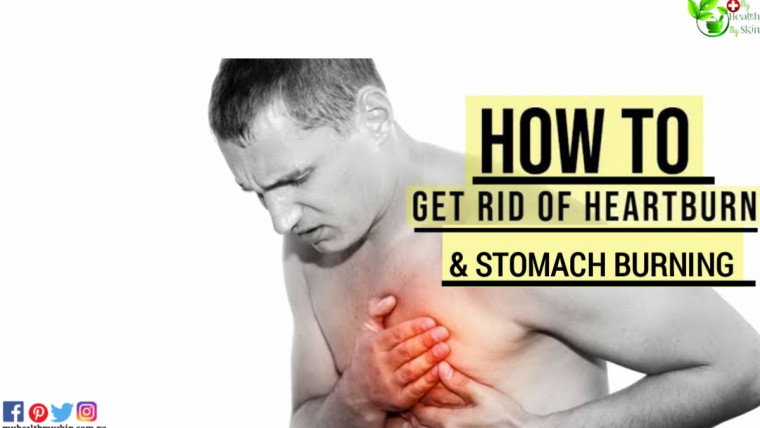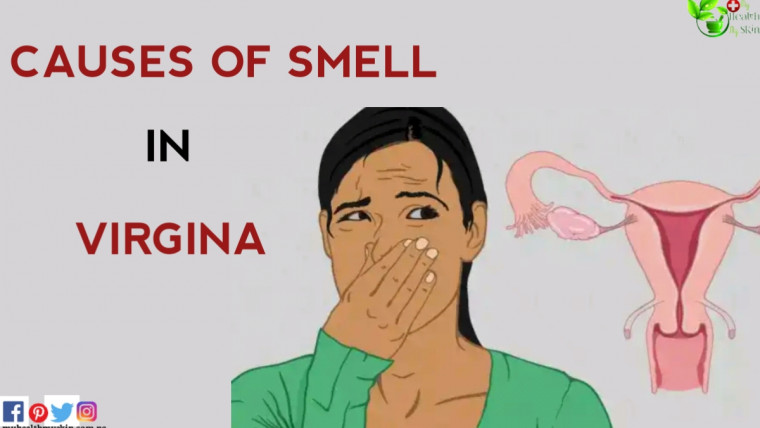In this article we’re gonna talk about a common problem. I’m gonna show you 9 home remedies for bee stings.
So, if you’re ready let’s go.
If you or someone close to you has been stung by a bee, it may seem like a good idea to flip onto Google and look up the best treatment for bee stings.
While there are many different approaches, there’s a good chance that something you have in your kitchen is the answer.
Unless you’re allergic to bees or experiencing an allergic reaction. You will need immediate medical attention.
If the swelling spreads outside from the area of the sting, or if it occurs in other parts of the body, this indicates an allergic reaction.
Symptoms
Bee stings can produce different reactions, ranging from temporary pain and discomfort to a severe allergic reaction.
Having one type of reaction doesn’t mean you’ll always have the same reaction every time you’re stung or that the next reaction will necessarily be more severe.
Mild Reaction
Most of the time, bee sting symptoms are minor and include:
- Instant, sharp burning pain at the sting site
- A red welt at the sting area
Slight swelling around the sting area - In most people, the swelling and pain go away within a few hours.
Moderate Reaction
Some people who get stung by a bee or other insect have a bit stronger reaction, with signs and symptoms such as:
Extreme Redness
Swelling at the site of the sting that gradually enlarges over the next day or two
In this section, we describe ways you can treat most bee stings at home with these 9 home remedies.
Nine Home Remedies For Bee Stings
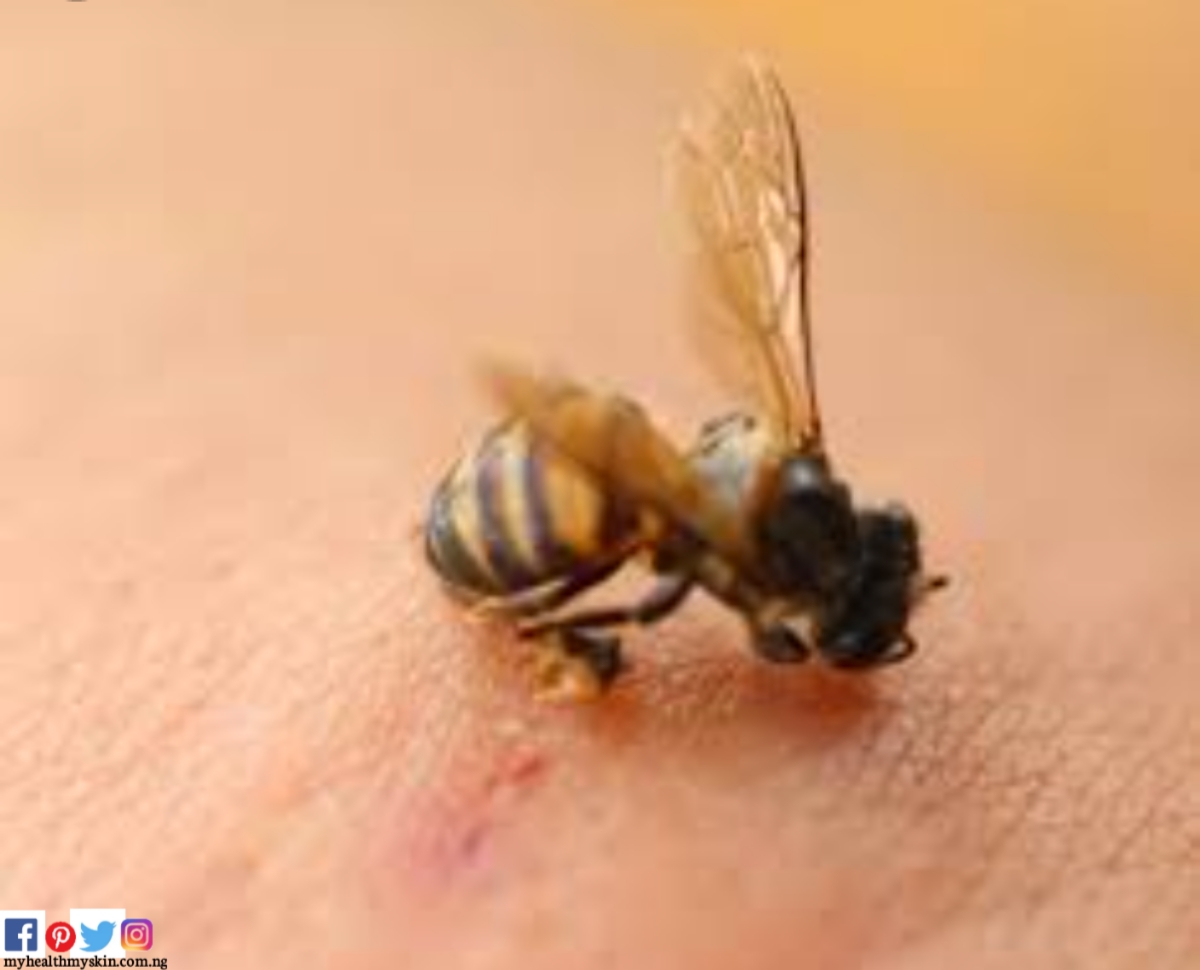
Bees can only sting once, because they leave their stingers behind them. Removing the stinger, together with its venom sac from the skin will prevent further irritation.
Firstly, before using any remedy, inspect the sting site.
If the bee’s stinger is still in the skin, remove it by wiping the area with gauze or scraping it with a fingernail. Do not squeeze the stinger by hand or with tweezers.
Here’s 9 Home Remedies That Can Relieve Swelling and Pain Caused by Bee Stings:
1. Honey
Honey may help with wound healing, pain or itching and also help reduce swelling. To treat a bee sting with honey, apply a small amount to the affected area. Then cover with a loose bandage and leave on for up to an hour.
Honey has medicinal properties and it contains compound that can get rid of inflammation.
2. Wet Aspirin Tablet
A popular home remedy for reducing the pain and swelling of a bee sting is to apply a wet aspirin or aspirin paste to the sting site.
Results of one 2001 study showed that applying aspirin topically to bee stings or wasp stings actually decreased redness and did help decrease the duration of swelling or pain compared to using ice alone.
3. Toothpaste
It’s unclear why toothpaste can help bee stings. Some people claim that alkaline toothpaste neutralizes acidic honeybee venom. If true, however, toothpaste won’t work on alkaline wasp venom.
Either way, toothpaste is an inexpensive and easy home remedy to try. Simply dab a bit on the affected area.
4. Baking Soda
A paste made of baking soda and water can help neutralize bee venom to reduce pain, itching, and swelling.
Apply a thick layer of baking soda paste to the affected area. Cover the paste with a bandage. Leave on for at least 15 minutes and re-apply as needed.
5. Aloe Vera Gel
Aloe vera is a plant-based gel that naturally soothes and moisturizes the skin. According to a 2014 study, aloe vera extract has anti-inflammatory and antibacterial properties.
Spreading a little gel onto the bee sting can reduce swelling and help prevent the site from becoming infected.
Aloe vera gel is available to buy in many drug stores and online.
6. Apple Cider Vinegar
Many people believe that vinegar helps neutralize bee venom. Apple cider vinegar also reduces the swelling of a bee sting.
However, clinical research has yet to show that apple cider vinegar has many of its purported health benefits.
Also, as an acidic substance, it can harm the skin if used incorrectly.
Soak the area were you got stung by the bee in a basin of diluted apple cider vinegar for at least 15 minutes.
Make sure you dilute the apple cider vinegar first with a little bit of water.
You can also soak a bandage or cloth in the vinegar and then apply it to the affected area.
7. Calamine Lotion
People often use calamine lotion to relieve itchy skin, and it may also help reduce pain and itching caused by a sting from a bee or wasp.
It’s also good for chicken pox
If the area of the sting becomes itchy, try rubbing on a little bit of calamine lotion. It is available for purchase in health stores or online.
8. Ice
Immediately after a bee sting, wash the area thoroughly to remove any remaining bee venom. Then, apply ice to reduce pain and swelling
You can also wrap an ice pack, or a bag of ice or frozen vegetables in a cloth and place it on the her sting area. Hold the pack or the bag of ice in the bee sting area for several minutes and repeat as needed
Always use a cloth to protect the skin from the ice. Ice can damage the skin if it touches it directly.
9. Mud
For those times when you’re completely caught unprepared, mud will work just fine to help with the initial pain that comes with a sting.
For this remedy you’ll need some dirt (or mud if it’s nearby) and some water. Then all you need to do is think back when you were a child. And making mud pots. Simply add some water to some dirt and make a nice applicable mud. Cover sting completely with the mud for a few hours or until the kids start to dry. Just make sure to rinse clean and pay dry after trying this method.

